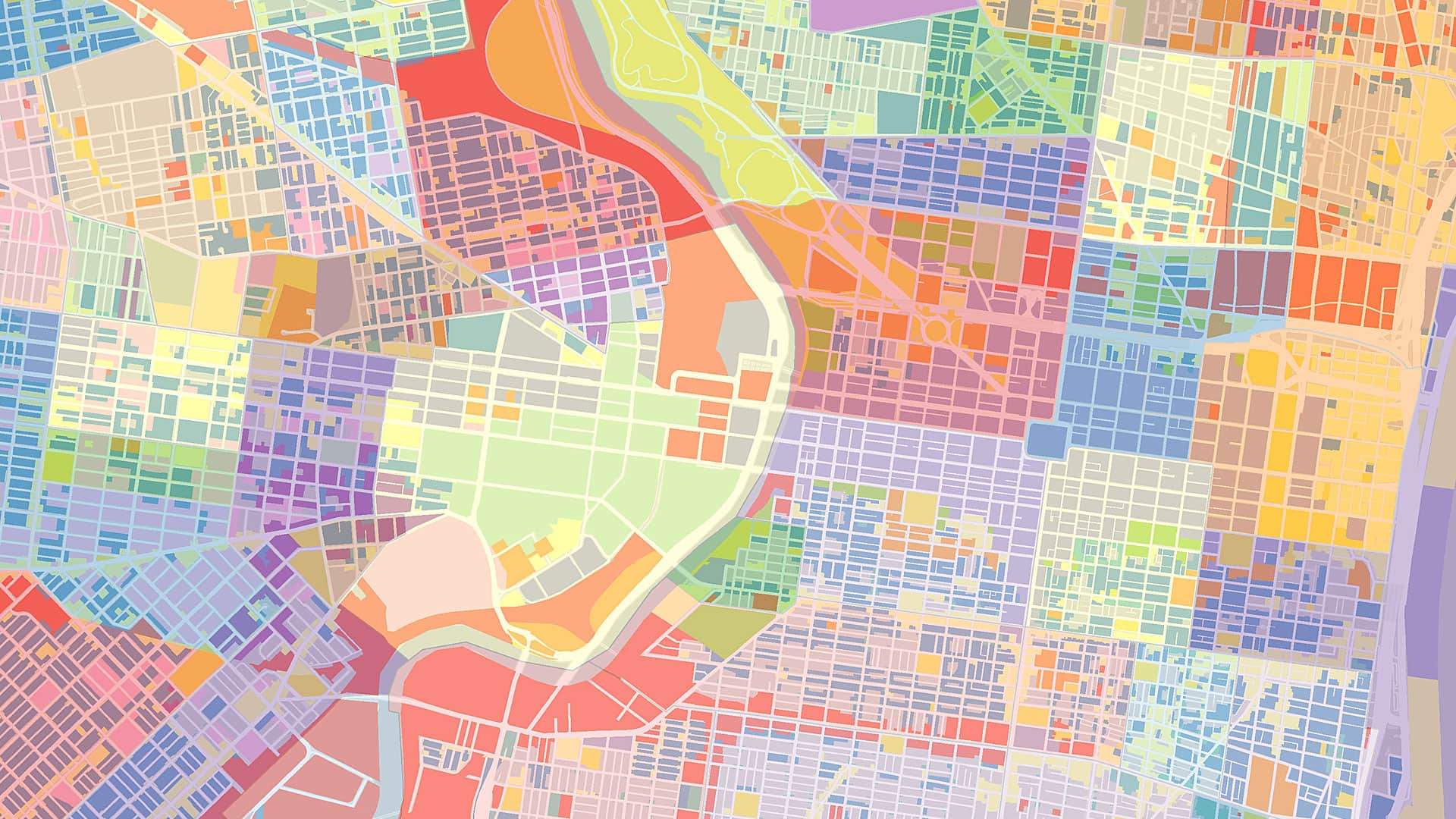Last summer, I attended the 35th International Geographical Congress in Dublin, Ireland. Bringing together more than 3,000 delegates and organized by the International Geographical Union and the Geographical Society of Ireland, the congress met under the theme of Celebrating a World of Difference.
It was a delight to see so many geographers from around the globe exchanging knowledge, collaborating across borders and language barriers, and building new networks of friendship along the way. Several sessions, for example, highlighted experts from the Global South on topics such as urbanization and environmental management. These sessions also made clear that so many current and pressing issues in the world—such as climate change, food security, and geopolitics—do not stop at national borders and cannot be understood in isolation.
This wonderful global and collaborative spirit stands in stark contrast to expressions of nationalism, populism, and xenophobia that have emerged in the public arena in an alarming number of countries over the past few years. These are well-known tropes of national politics around the world, and they have been part of US immigration policy in particular for decades. But I will never get used to the ways in which such anti-immigrant rhetoric and hostility instills discomfort or even fear in people who hail from other parts of the world.
I have deep concern for how this rhetoric affects international students in undergraduate and graduate programs, as well as international colleagues. Many members of the American Association of Geographers (AAG), where I serve this year as president, are immigrant faculty members, practitioners, and international students. Research shows that racism, discrimination, and anti-immigrant policies lead to stress and anxiety and adversely affect the health and mental health of immigrants and minoritized populations.

Yet there is evidence that making a commitment to internationalism in education and research has many benefits—and this is a long-established practice in the field of geography. Producing and exchanging knowledge and insight across national borders can help cultivate understanding and promote collaboration as people collectively address the significant challenges that are affecting people not only in neighboring countries but also around the world.
We have experienced this at AAG, where just over a decade ago, AAG past president Eric Sheppard noted that efforts to change the organization’s name from the Association of American Geographers to the American Association of Geographers were prompted by the realization that “the AAG has become far more than a community of American geographers,” as he stated in his April 2013 President’s Column on AAG’s website. Sheppard continued: “Many of our members, even among those working in the United States, are not (only) American citizens. Many more attend our annual meetings from outside the United States as our national meetings have become the gathering place for geographers from across the world.”
Today, one in four of AAG’s members is located outside the United States, representing about 100 countries. These proportions are also reflected in AAG’s annual meeting, where between 26 and 30 percent of attendees come from other countries.
The number of international students studying in the United States has been growing, and international faculty contribute so much to universities and their individual departments. But there are challenges as well. In addition to hostile policies, international faculty and students may also struggle with visa issues, language barriers, microaggressions, and other unspoken hindrances.
In response to some of these challenges, AAG has been supporting an initiative called the Geospatial sciences Alliance for International women faculty Advancement (GAIA). With funding from the National Science Foundation (under grant award numbers 2404263 and 2404264), GAIA fosters equity and inclusion for international women faculty members in geography and geospatial science. The initiative includes assistance in data collection, training, and technology to help institutions transform their approach to supporting international women scholars. Led by Dr. Jieun Lee of the University of Northern Colorado, this partnership is a collaboration among her university; AAG; the University Consortium for Geographic Information Science; and the City University of New York, College of Staten Island. (For more information on GAIA, see AAG’s ArcNews column from the spring 2023 issue, “Groundbreaking Support for Trailblazing Women.”)
In addition, universities in the United States keep recruiting international students, in part because tuition dollars matter in the world of higher education. In recent years, visa holders accounted for a significant percentage of all members of geography master’s and doctoral programs in the United States. (See AAG’s The State of Geography report from 2022.) Along with a growing number of students from historically excluded groups, international students in geography programs enrich their classrooms and learning environments with their experiences and insights. In seminars and research, for example, international students’ ideas help foster global consciousness and understanding. These students also bring significant regional expertise to tackling problems in different parts of the world—and these viewpoints are critical for geographers to consider.
Student applications from abroad for the 2024 academic year continued to grow, meaning that geography programs based in the United States are attractive to international students. This is a fact that geospatial professionals should celebrate. Those of us in positions to do so should also check in locally with our international colleagues and students to make sure they feel supported in the current, challenging political climates present in so many countries. After all, developing a global geographic consciousness must include our home places.
My hope is that gatherings such as the International Geographical Congress and AAG’s annual meeting—being held this year in Detroit, Michigan, a city near the US-Canada border that has a long history of immigration—will spark conversations about immigration, borders, and differences, and continue to foster intellectual engagement that enriches geographic knowledge and geographers themselves. As we continue to build global consciousness and understanding, AAG remains committed to being a gathering place for all geographers.


